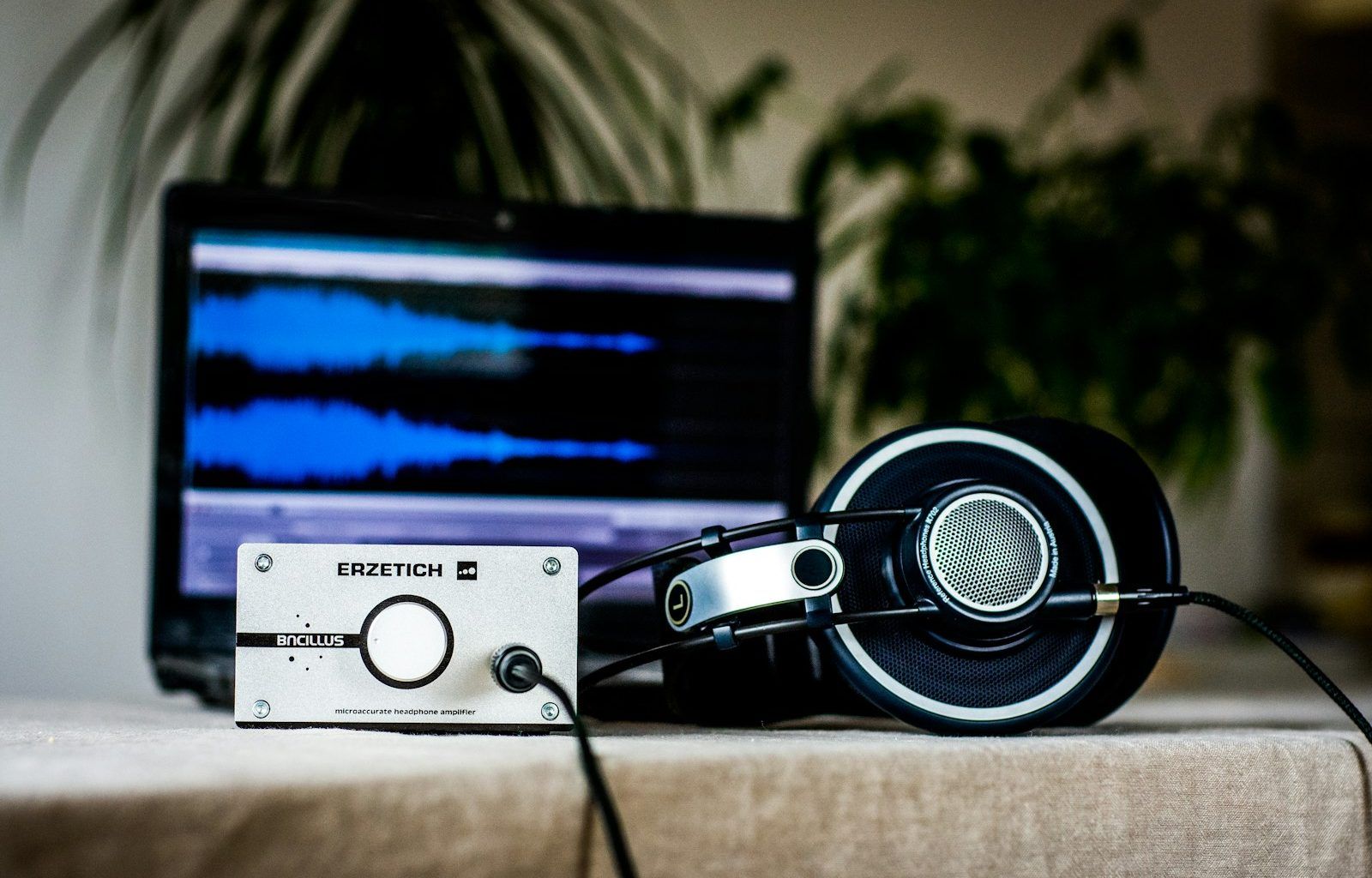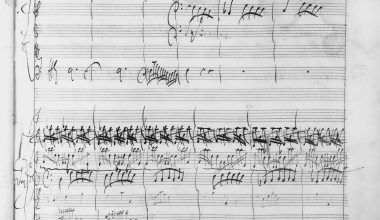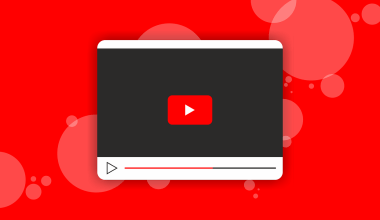In today’s world, creating music has never been more accessible. Whether you’re a beginner experimenting with beats or a seasoned producer crafting professional tracks, there’s software out there to suit your needs. But with so many choices, how do you find the right music production software for you?
Don’t worry—I’ve got you covered. In this guide, we’ll explore the best music production tools, breaking down their features, ease of use, and what makes them stand out.
Why the Right Software Matters
Choosing the right music production software can make or break your creative journey. It’s the platform where all your ideas come to life, and the tools you use will influence how smooth that process feels. When you have the right software, you can focus on being creative rather than struggling with clunky interfaces or limited features.
What is Music Production Software?
Before we dive in, let’s make sure we’re on the same page. Music production software, often called a digital audio workstation (DAW), is a program designed to help you record, edit, and produce music. Think of it as your virtual studio—a place where you can layer instruments, add effects, and tweak sounds to perfection.
The Top Music Production Software
Let’s take a closer look at some of the best tools in the game, whether you’re producing for fun or professionally.
1. Ableton Live
If you’re looking for versatility, Ableton Live might be your perfect match. It’s widely loved for its intuitive interface and seamless workflow, making it a favorite among electronic music producers.
Why It Stands Out:
- Offers a unique “Session View” for live performances.
- Packed with built-in instruments and effects.
- Works well for beginners and pros alike.
Ableton Live shines for its ability to combine music creation and live performance. Whether you’re composing a track or performing on stage, this software adapts to your needs.
2. Logic Pro X
Logic Pro X is Apple’s flagship music production software, and it’s a dream for Mac users. It’s loaded with features and tools that make producing music both fun and professional.
Why It Stands Out:
- Comes with a massive library of sounds and loops.
- User-friendly interface, especially for Mac enthusiasts.
- Excellent for composing, mixing, and mastering.
For those who prefer a polished and seamless experience, Logic Pro X is a top contender.
3. FL Studio
FL Studio, often called Fruity Loops, has been a staple in the industry for years. Its straightforward interface and drag-and-drop functionality make it perfect for beginners.
Why It Stands Out:
- Intuitive layout with a visual appeal.
- Great for beatmakers and electronic music producers.
- Lifetime free updates.
If you’re new to music production, FL Studio is a fantastic starting point.
4. Pro Tools
For serious professionals, Pro Tools is often the go-to choice. It’s a powerhouse designed for recording, editing, and mixing at the highest level.
Why It Stands Out:
- Industry standard for studios worldwide.
- Unmatched audio editing capabilities.
- Great for mixing large-scale projects.
While it’s more advanced than some other options, Pro Tools is worth learning if you want to work in professional studios.
5. GarageBand
If you’re just starting out and own a Mac, GarageBand is a no-brainer. It’s free, easy to use, and surprisingly powerful for basic production.
Why It Stands Out:
- Beginner-friendly and free on Apple devices.
- Simple interface for quick music creation.
- Great for podcasting and small projects.
GarageBand is a stepping stone for many budding producers.
6. Studio One
Studio One by PreSonus is a hidden gem in the music production world. It’s incredibly versatile and caters to producers who want an all-in-one solution.
Why It Stands Out:
- Drag-and-drop functionality for ease of use.
- Comes with built-in mastering tools.
- Affordable and feature-rich.
Studio One’s user-friendly design makes it a great choice for both beginners and advanced users.
7. Cubase
Cubase is a veteran in the DAW scene, known for its robust features and excellent MIDI capabilities.
Why It Stands Out:
- Top-notch MIDI sequencing tools.
- Highly customizable interface.
- Perfect for composers and arrangers.
If you’re focused on detailed compositions, Cubase is hard to beat.
Choosing the Right Music Production Software
With so many amazing tools to choose from, how do you decide? It comes down to your goals, experience level, and budget.
- For Beginners: GarageBand and FL Studio are excellent starting points.
- For Intermediate Producers: Ableton Live and Logic Pro X offer more advanced features while staying user-friendly.
- For Professionals: Pro Tools and Cubase are ideal for large-scale projects and studio work.
Tips for Getting Started
- Experiment First: Many DAWs offer free trials. Try a few to see what feels most intuitive to you.
- Watch Tutorials: Platforms like YouTube are packed with resources to help you learn quickly.
- Invest in Plugins: While DAWs come with built-in tools, adding third-party plugins can expand your creative possibilities.
Final Thoughts
The best music production software is the one that helps you bring your ideas to life. It doesn’t matter if you’re crafting beats in FL Studio or mixing tracks in Pro Tools—what matters is that you enjoy the process.
So go ahead, explore these tools, and start creating music that moves the world!
For further reading, explore these related articles:
- Music Enhancer Online: A Complete Guide for Musicians
- How to Use Singing Hashtags for Instagram to Grow Your Audience
For additional resources on music marketing and distribution, visit DMT Records Pvt. Ltd..






